Hello everyone!
Presentations are never easy. My nerves get the best of me most times and I often stress over details, frantically writing down every sentence that I need to say. Even after doing countless presentations on our cervical cancer training model project in the Global Health 360 class, I still dread talking in front of groups. It takes a lot of concentration for me to not get flustered or stumble over my words. This past weekend, I saw presentations that inspired me to try to make presenting a more natural practice. We traveled to Lilongwe last Wednesday for the Malawi Innovation Pitch Night, an engineering design competition showcasing a variety of creative engineering ideas across Malawi. The event took place at mHub, a technology and innovation space dedicated to cultivating entrepreneurship. A total of ten inventive solutions to prominent problems in Malawi were presented to a panel of judges. Although I was just helping with the competition and not presenting, hearing the presentations was a great chance to appreciate the immense talent of young Malawian engineers. From a device that would purify water with UV light to a free educational tutoring hotline in order to improve testing scores, teams pitched a variety of impressive technologies. Not only were the technologies advanced, each presenter flowed through the information with grace and ease. They were engaging, educational, and effortless. For the future, I hope I can look at presentations not with a sense of dread, but see them as an opportunity to get more comfortable with public speaking. The entire event was a nice short break from the usual hustle and bustle of hospital wards.
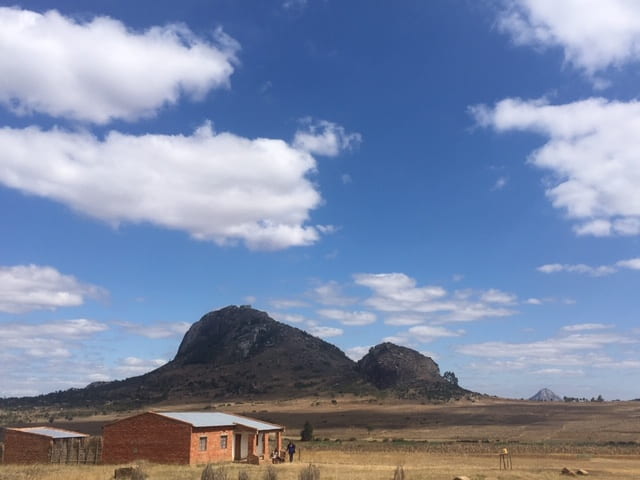
Liseth and I are continuing to make our way all over Queen Elizabeth. Most recently, we had observational days within the Moyo House and labor ward of the hospital. Moyo House serves as an extension of the Nutritional Rehabilitation Centre and specifically focuses on providing nutritional support to babies and children in need. Through talking with nurses, we learned that Moyo experiences similar lack of resources issues as some of the other pediatric wards of the hospital. One new problem we encountered was that 90% of the heaters within Moyo are not functional. Patients who are undernourished or malnourished are more prone to hypothermic body temperatures, so they were bundled and wrapped in many blankets in order to keep warm without functioning heaters. In the labor ward, we learned about the heavy workload of the midwives and doctors. With up to 28 patients a day needing to be monitored every hour, it is a very strenuous work environment. The midwives showed us that they must often monitor things like blood pressure and heart rate manually by counting beats per minute. I really enjoyed discussing these issues with the midwives because they were so open and receptive to our questions. They were not afraid to say what needed improvement, which was extremely helpful in gathering ideas for future engineering projects. Some midwives had their own ideas for new engineering devices that could substantially help their day-to-day work. From my observations so far, I think I need to spend more time doing some background research into hospital resource allocation for district and central hospitals in Malawi. Scarcity of resources is a common trend across all of the wards we have observed so far, and I would like to investigate further to find out more about how funds are distributed and what economic, political, or sociological factors play a role in contributing to this problem. I believe it is important to examine this from all sides, as global health problems often do not exist in a vacuum.
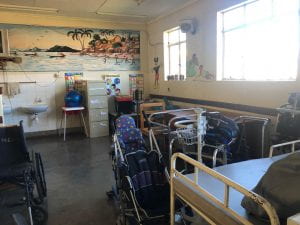
In other news, the Incubaby prototypes have arrived in Blantyre! (However, we recently discovered that the team is working on changing the name, so name TBD). So Liseth and I will begin our second assignment of conducting usability interviews with the device within the week. We have a set of detailed questions to ask nurses about the prototypes. The responses from nurses should really catch any areas for improvement for the team of engineers. It is our hope that this usability interview can be used for all future devices in order to address any human factors issues early in the design process. This will help ensure that all new technologies are actually appropriate for their designated clinical setting and will be implemented regularly for their intended purpose.
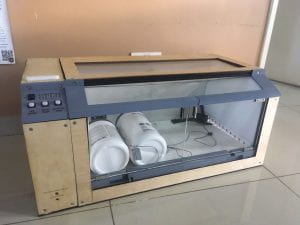
On Sunday, our group took a trip to Zomba for a short (but rigorous) hike around the Chawe mountain. We ventured to Ku Chawe in the Zomba Plateau and took a guided walk with beautiful scenery and cold waterfalls. I thoroughly enjoyed being surrounded by nature (we even saw baboons and monkeys swinging in the treetops!) and I was very proud that I only tripped once during the steep and rocky descent down the mountain.
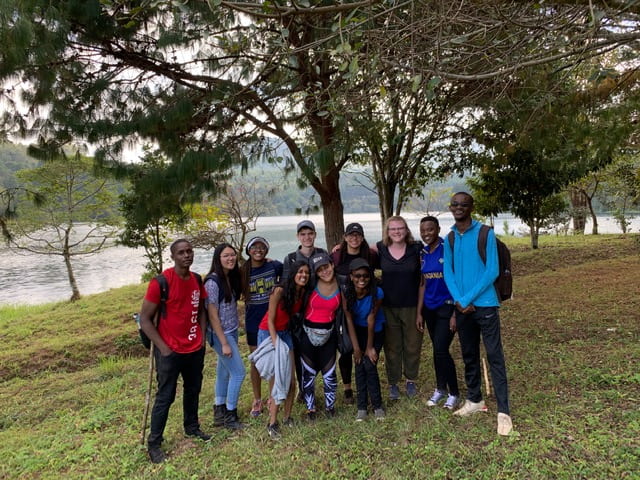
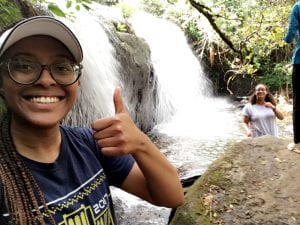
Thanks for reading and I’ll check in again soon! See you next week!